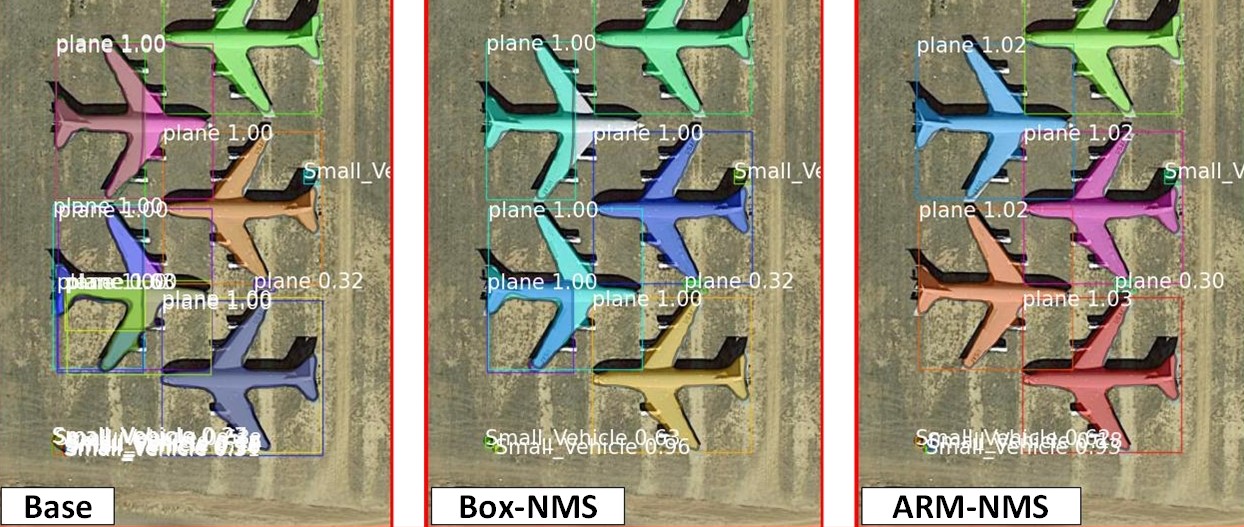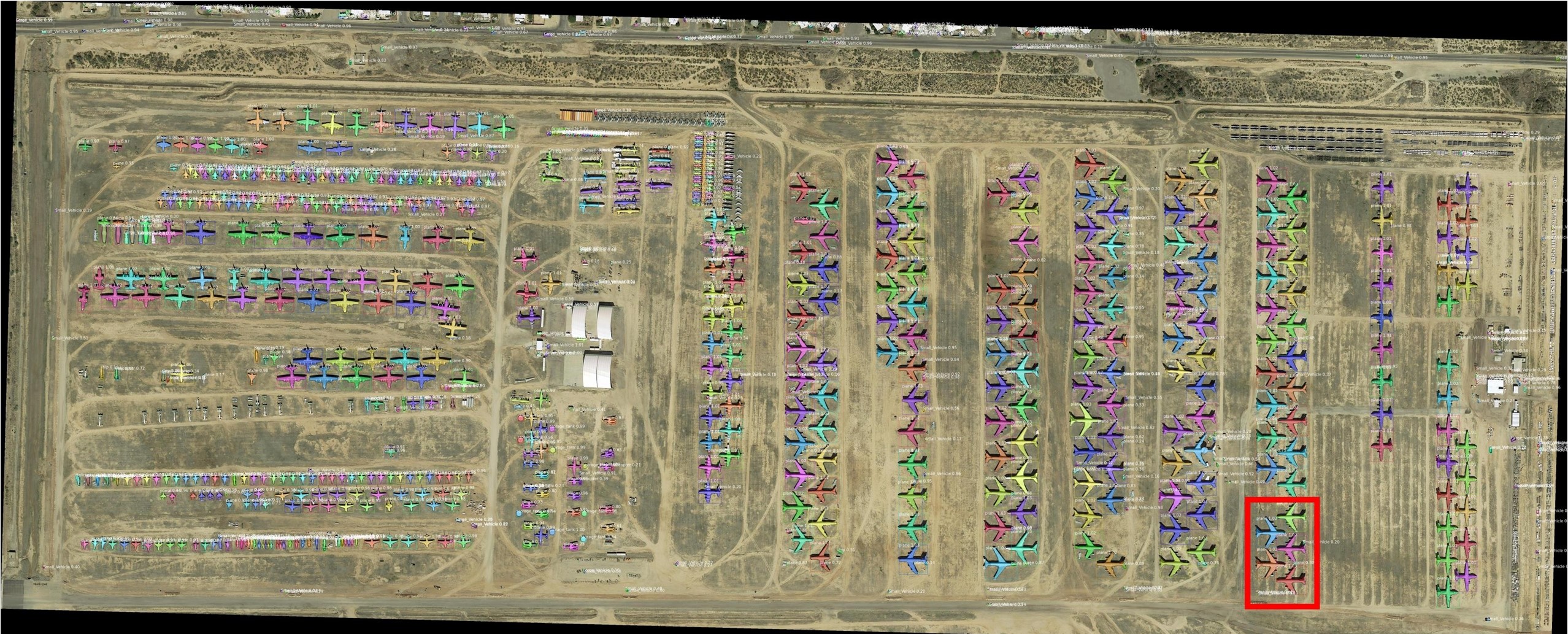For searching and classifying objects in high-resolution satellite images and for compressing hyperspectral data.



Keeping an overview with AI
AI applications are already widely used in many areas of everyday life. Appropriately trained networks write texts, design images and recognize structures in multidimensional spaces that often exceed human imagination.
Classic tasks in the evaluation of large (volumes of) aerial and satellite image data include searching, finding, classifying and counting various objects. Here, too, the human eye reaches its limits. If the evaluator looks at the entire image, smaller objects are quickly overlooked. If he examines enlarged image sections, it is difficult to maintain an overview of the entire image. This is why automated methods of digital image processing are increasingly being used for such tasks. Whether ships in ports, airplanes at airports or cars in parking lots: modern object detectors support the evaluation of remote sensing data in real time with the help of increasingly powerful hardware components. For this purpose, the large-format image is divided into tiles with overlapping areas and evaluated. Until now, however, this has often led to duplicate object detections in the overlapping areas.
For this reason, Fraunhofer IOSB developed an AI based on the ARM-NMS approach (Area Rescoring Mask - Non Maximum Suppression). Two-stage object detectors first create suggestions for detections and place so-called bounding boxes around the objects. The suggestions are then sorted out using the non-maximum suppression method. The problem with rectangular bounding boxes is that their shape usually does not match the outline of the objects to be detected. The Area Rescoring Mask method is therefore used to adapt the shapes of the bounding boxes to the shape of the object to be detected. The AI has also been trained to reliably evaluate scenes with widely varying object densities, which posed problems for previous approaches.
 Fraunhofer Institute of Optronics, System Technologies and Image Exploitation IOSB
Fraunhofer Institute of Optronics, System Technologies and Image Exploitation IOSB 


